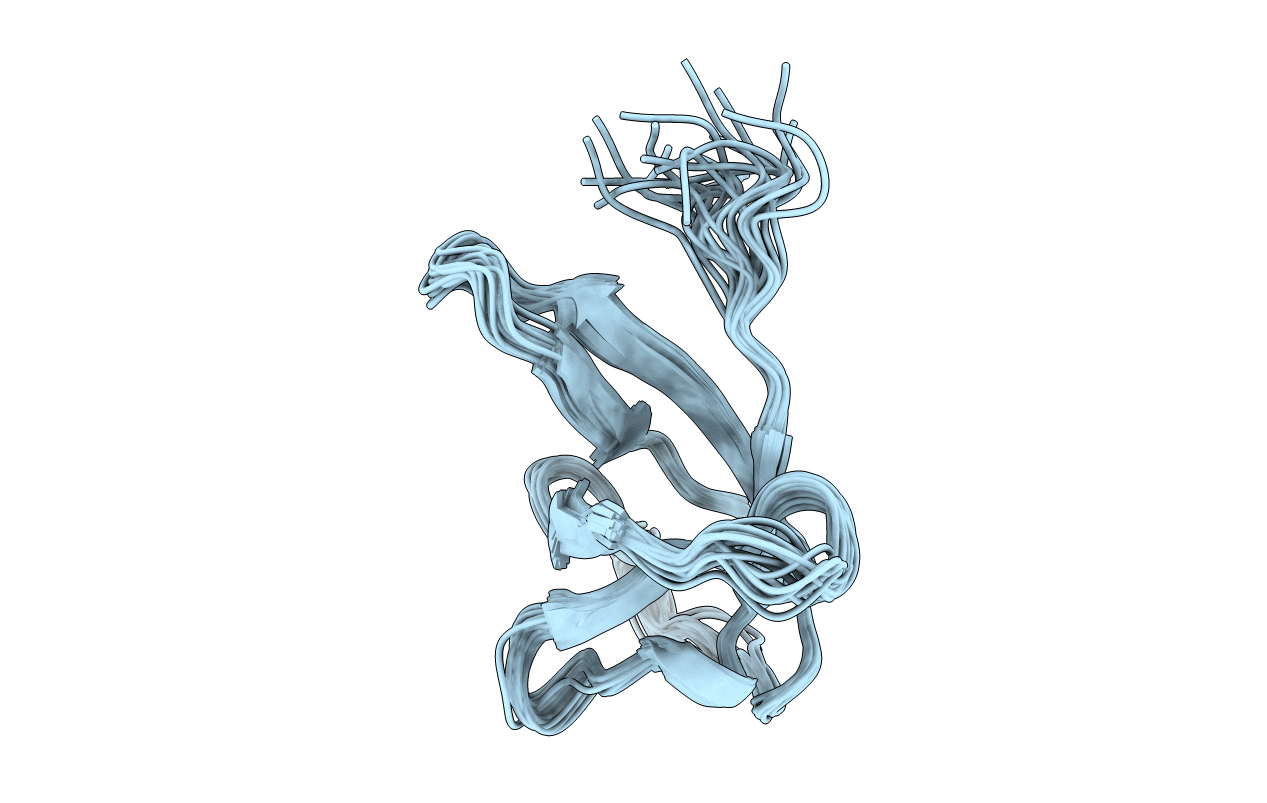
Deposition Date
2014-06-20
Release Date
2015-05-06
Last Version Date
2024-05-15
Entry Detail
PDB ID:
2MQH
Keywords:
Title:
Solution structure of the Chlamydomonas reinhardtii NAB1 cold shock domain, CSD1
Biological Source:
Source Organism:
Chlamydomonas reinhardtii (Taxon ID: 3055)
Host Organism:
Method Details:
Experimental Method:
Conformers Calculated:
200
Conformers Submitted:
20
Selection Criteria:
structures with the lowest energy


